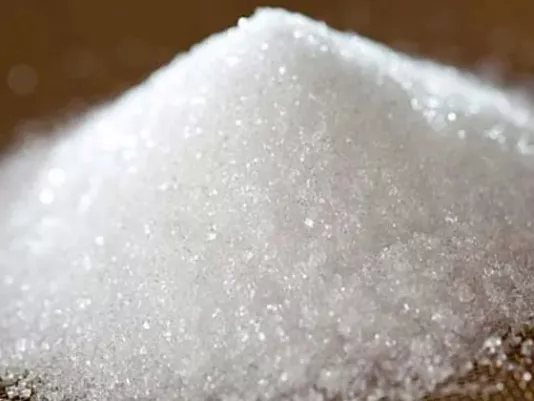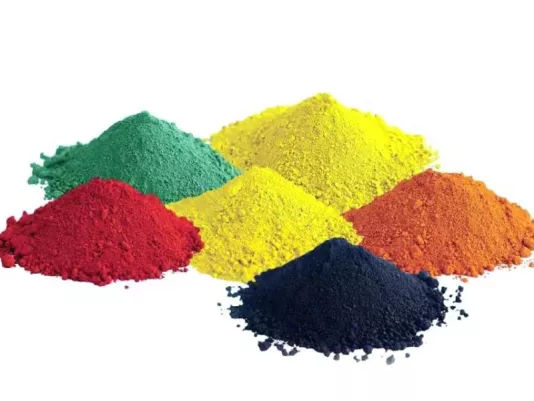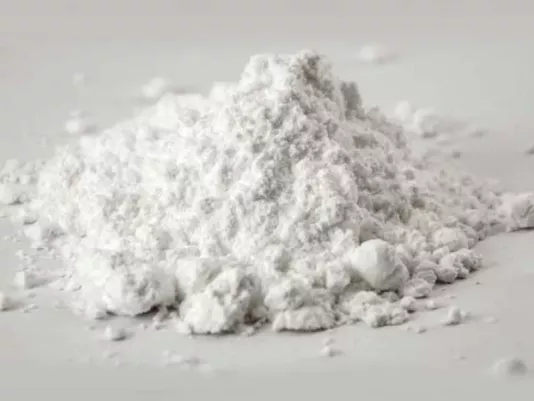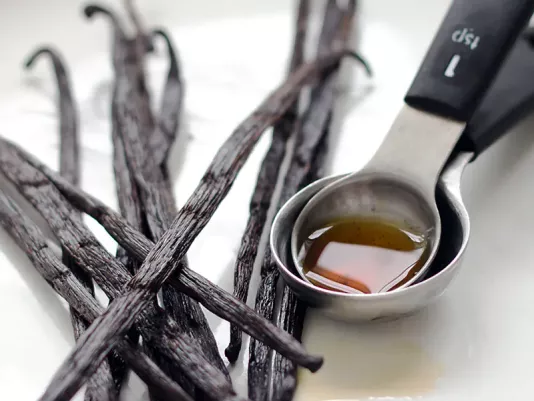Colorants and Additives
Colorants and additives in my culinary experience have become important tools that transform even simple recipes into something special. When I prepare cakes, pastries, or creams, I always pay attention to the visual aspect, and colorants help me achieve the desired effect. They allow desserts to look bright, create a festive mood, and at the same time preserve their natural appearance. I use citric acid both in sweet recipes and in preservation, as it enhances the taste of fruits, makes jams more intense, and helps keep their color. Vanilla extract is my favorite flavoring, as it adds sophistication to any baked goods, from cupcakes to creams. I use titanium dioxide rarely, but it is the ingredient that allows me to achieve a perfectly white color in glaze or cream, which is sometimes necessary for festive desserts. I don’t consider these ingredients as something secondary but as part of the culinary process that helps me express creativity, achieve flavor harmony, and make dishes more attractive.
Different Types of Colorants and Additives
Food Colorants in Cooking
I use food colorants most often when I want to give desserts a bright and appealing look. They come in liquid, gel, or powdered forms, each with its own advantages. Liquid colorants are convenient for creams or dough but may change consistency, so I always choose gel colorants when I need rich coloring without extra liquid. Powdered colorants are ideal for macarons or icing, as they provide an even color without affecting texture. I’ve noticed that even a small amount of quality colorant makes a dish impressive, turning a simple cake into a festive masterpiece. When cooking for children, it’s especially important that colors are bright and attractive, since the visual aspect often encourages them to try new dishes. At the same time, I always follow the rule of moderation: the colorant should not overpower the natural flavor of the dessert but only highlight it. This experience helped me realize that colorants are not just a decorative element but a true tool of culinary creativity.
Citric Acid as a Universal Additive
Citric acid in my kitchen is used much more widely than it might seem at first glance. I add it not only to jams or preserves, where it helps retain the natural color of fruits and berries, but also to various desserts to balance sweetness with a hint of tartness. It works wonderfully in marmalade or jelly, enhancing their flavor. Citric acid helps me control the acidity of creams and cheese mixtures, making them more delicate and pleasant in taste. In baking, I use it as a natural leavening agent together with baking soda, and the result is always satisfying – the dough comes out light and airy. For me, this is one of those ingredients that should always be at hand, as it proves useful in many different situations. I’ve found that citric acid is not just an additive but a truly universal helper that makes dishes more balanced, aromatic, and attractive.
Vanilla Extract in Desserts
Vanilla extract is, for me, one of the most important ingredients in making sweet baked goods. Its aroma is so deep and rich that even a small drop can change the taste of an entire dessert. I always add extract to cupcakes, sponge cakes, or cookies, as it makes the dough more aromatic and refined. In creams, it helps create a harmonious balance between sweetness and delicacy, while in puddings and mousses, it highlights their texture. Sometimes I even add a few drops to homemade ice cream, and the result surpasses any store-bought version. Vanilla extract differs from synthetic vanillin in its natural quality and depth of flavor, which is why I always prefer it. In my experience, it is the component that gives desserts individuality and sophistication, turning ordinary baking into a true culinary creation.
Titanium Dioxide in Confectionery
I use titanium dioxide when I need to give creams, glazes, or fondant a perfectly white color. This is especially important in festive desserts, where white enhances the brightness of other colors or creates a clean background for decoration. For example, when preparing wedding cakes or delicately decorated pastries, titanium dioxide helps me achieve the desired result. I’ve noticed that even a small amount can change the appearance of the dish, making it more refined. This additive should be used carefully and always in proper dosage, since its main function is not to affect taste but only appearance. In my experience, titanium dioxide has become an irreplaceable tool in cases where true whiteness in baking or confectionery is needed, and thanks to it, my desserts look more professional and appealing.
The Role of Colorants and Additives in Modern Cooking
I’ve realized that colorants and additives open far broader possibilities than it might seem at first. They allow me not only to create bright and attractive desserts but also to improve their taste, texture, and aroma. With food colorants, I can make my cakes and pastries special for holidays, citric acid helps balance flavor and preserve the natural qualities of fruits, vanilla extract adds refinement to every baked good, and titanium dioxide gives creams and glazes perfect whiteness. For me, these ingredients have become tools that emphasize my individuality in preparing desserts. They don’t replace the main products but harmoniously complement them, helping achieve balance between visual appeal and flavor perfection. Thanks to them, I can cook dishes that combine tradition with modern culinary approaches.



